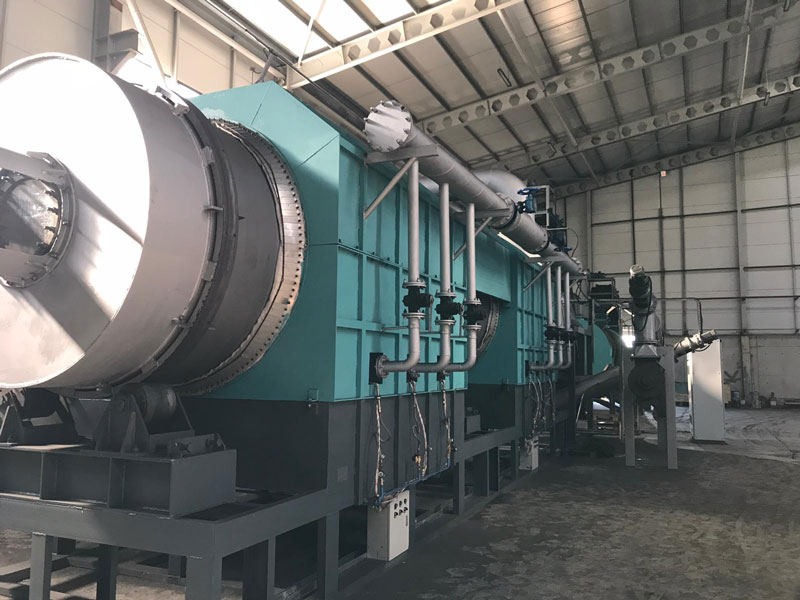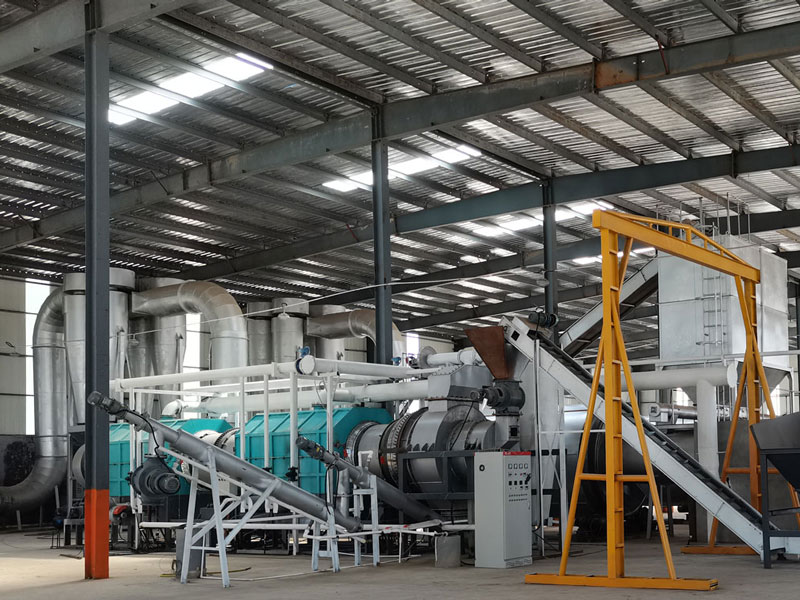Explore the world of biochar making and its profound impact on managing agriculture and forestry waste. We’ll uncover the technology, benefits, and applications of biochar production, shedding light on its potential to revolutionize waste management practices in these crucial sectors. The biochar machine is the key.

Harnessing Biochar Making for Sustainable Waste Management
1: Agriculture and Forestry Waste: A Growing Challenge
To understand the significance of biochar making, we begin by delving into the challenges posed by agriculture and forestry waste. We’ll examine the environmental implications and economic consequences of mismanaging organic waste in these industries.
2: Biochar Making: An Introduction
Before we delve into the intricacies, let’s establish a foundational understanding of biochar making. What is biochar, and how does the biochar making process work? This chapter provides the essential background.
3: Types of Biochar Making Technologies
Biochar making technologies come in various forms, each with its unique characteristics. We will explore batch, continuous, and pyrolysis-based biochar pyrolysis machine, highlighting their applications and advantages.
4: The Biochar Making Process
In this chapter, we will dissect the biochar making process step by step. From feedstock preparation to pyrolysis and post-processing, we will unveil the intricacies of converting waste biomass into valuable biochar.
5: Environmental Benefits of Biochar Making
The environmental advantages of biochar making are profound. We will discuss its role in carbon sequestration, soil enhancement, and reduction of greenhouse gas emissions, underlining its potential to address environmental challenges.
6: Agricultural Applications of Biochar
Biochar is widely recognized for its positive impact on agriculture. We will explore its applications in improving soil health, enhancing crop yield, and mitigating issues related to nutrient management.
7: Forestry and Land Management with Biochar
Forestry waste management and land restoration can significantly benefit from biochar. This chapter outlines how biochar can rejuvenate forests, reduce wildfires, and promote land rehabilitation. The bamboo charcoal machine has pyrolysis technology for processing these waste.
8: Economic and Societal Advantages
Beyond environmental benefits, biochar making offers economic opportunities. We’ll examine the financial viability of biochar production and its potential to create jobs and empower local communities.

9: Case Studies in Biochar Making
Real-world examples provide concrete insights into the potential of biochar making. We will explore case studies of successful biochar projects in agriculture and forestry waste management.
10: Challenges and Future Developments
Despite its promise, biochar making faces challenges. We’ll discuss the barriers, such as feedstock availability and market acceptance, and explore ongoing research and developments to address these issues.
11: Policy and Regulatory Considerations
Government policies play a pivotal role in promoting biochar adoption. This chapter delves into existing policies and potential regulatory frameworks that can incentivize biochar utilization in agriculture and forestry.
12: The Future of Biochar Making
As we conclude our journey, we’ll envision the future of biochar making and its potential to reshape waste management in agriculture and forestry. What role will biochar play in building a sustainable, eco-friendly future?
Conclusion: A Greener Tomorrow
In this concluding chapter, we reflect on the transformative power of biochar making in managing agriculture and forestry waste. By harnessing this technology, we can work towards a greener tomorrow, where waste is a resource, not a problem, and our environment thrives in harmony with sustainable practices.